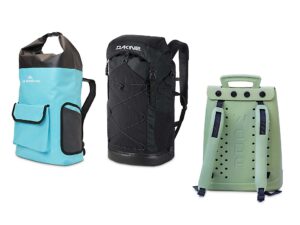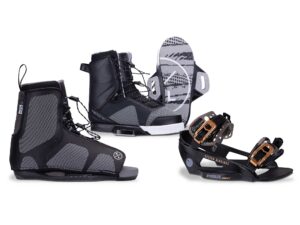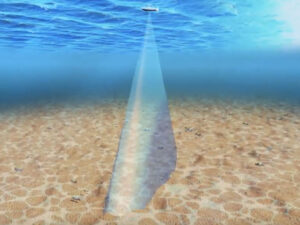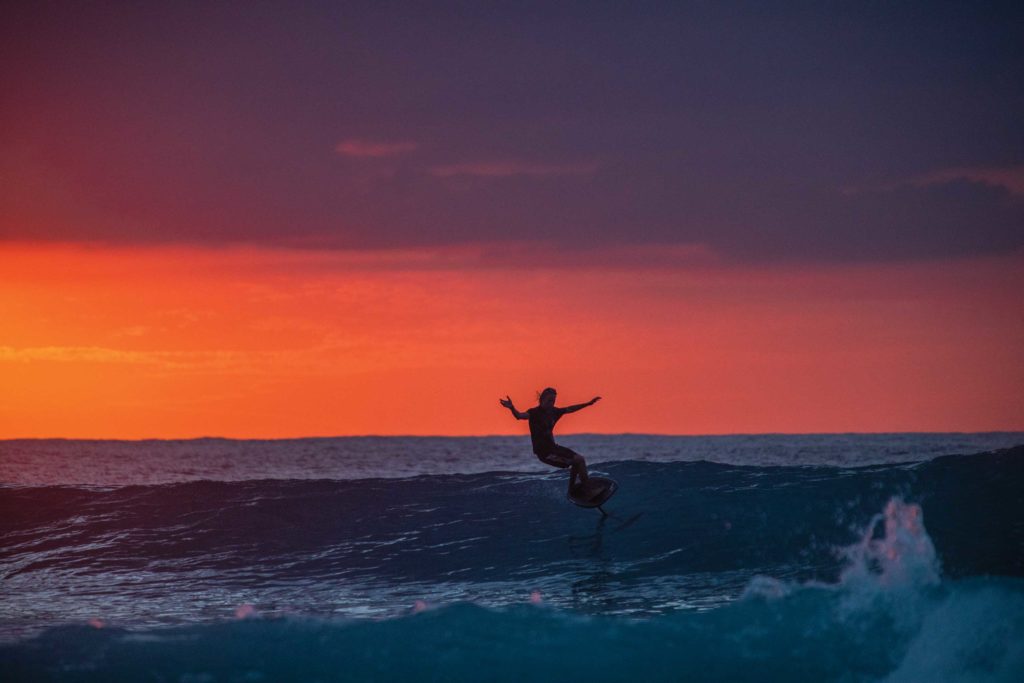
On a recent surfing trip to Puerto Rico, I witnessed something I’d never seen before. My son, Kai, and I paddled out into a crowded lineup, where the local surfers chitchatted while hungrily waiting for waves. When a set approached, a figure appeared on the horizon moving toward the break, silent and swift like a shark but hovering a few feet above the water.
Through squinting eyes, I made out the silhouette of Nick Leason foiling toward us, towing wakeboarding legend Brian Grubb with a rope. In an instant, Leason disappeared behind the swell as he whipped Grubb into the steep face of the wave. Grubb let go of the rope and breezed by us, foiling right through the lineup. In awe, we watched him surf the foil down the line, leaving no trace behind but the baffled expressions of the crowd.
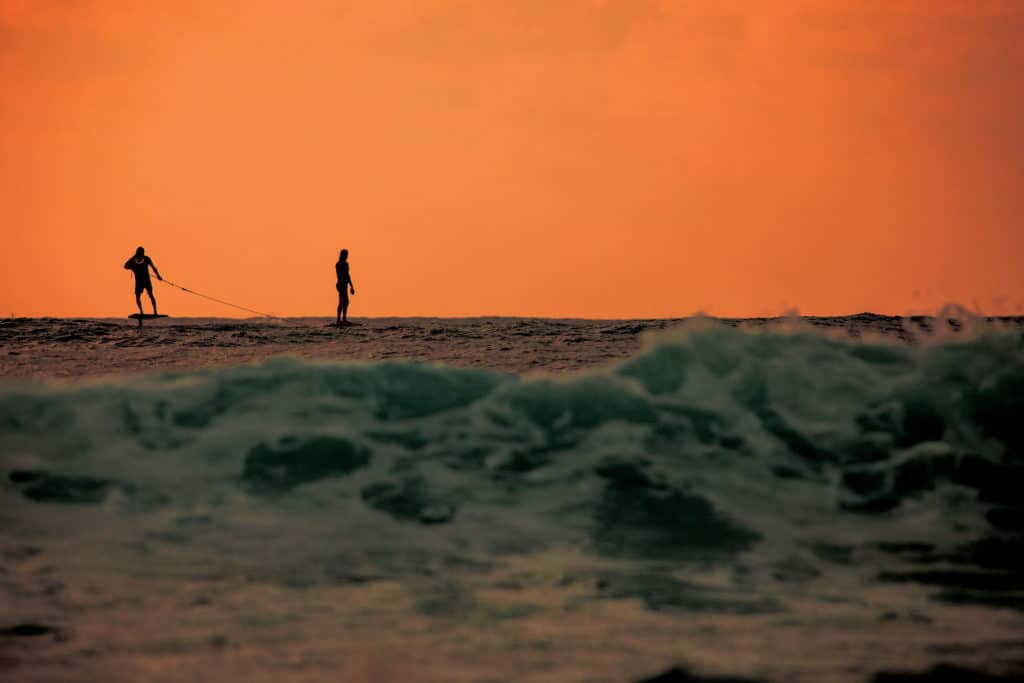
Moments later, Leason foiled toward Grubb, picked him up, and towed him into another wave before we could even blink. And again, Grubb flew by with his unique swinging style while the rest of us duck-dived. Coming up for air, surfers with confused looks searched for the invisible personal watercraft.
What had just happened?
Welcome to the future.
Time to Fly
What those stunned surfers in Puerto Rico watched happen in the water that day was a real-time introduction to the possibilities of e-foiling. What is it? It’s based on centuries-old technology: using a foil to generate lift in the water.
Hydrofoiling is the art of flying over the water using a winged keel, like a small airplane wing that goes through the water and creates lift. Foils were first invented by the father of the telephone, Alexander Graham Bell, as he tried to elevate his boat over the water and make it fly. Hydrofoils are now used in commercial ferries, the fastest sailboats in the world and, as we saw, under the coolest surfboards you’ve ever seen. What makes them unique is that they fly over the water, free of noise and chatter.
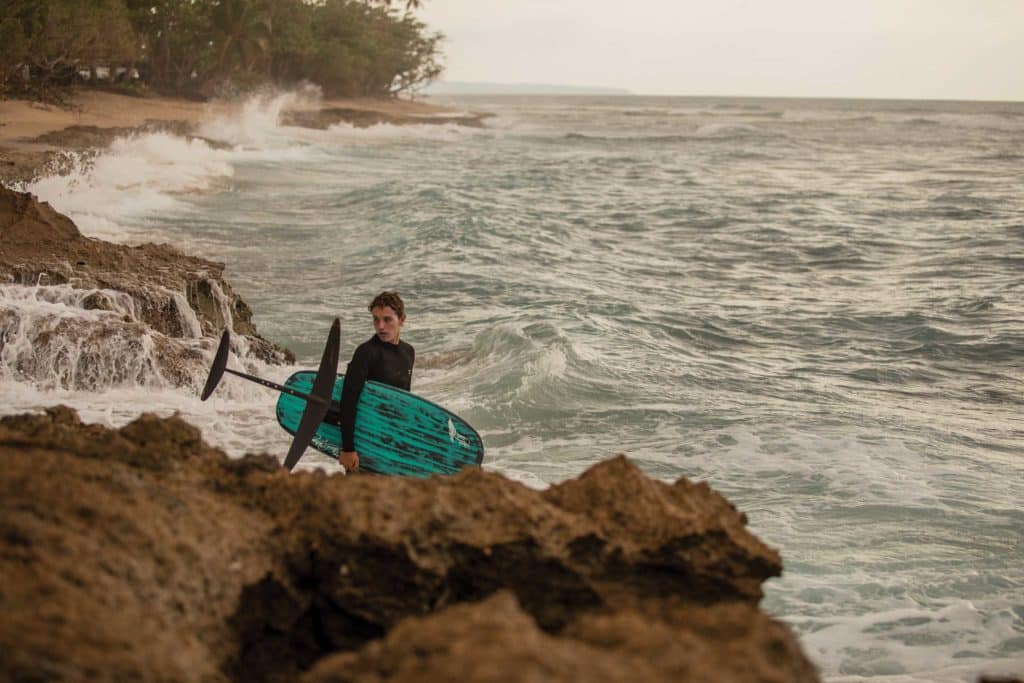
What does this have to do with boating? The eFoil is technically the smallest personal watercraft on the market, created and built by Leason, Lift Foils’ CEO. It also harnesses the latest advances in electric marine propulsion. The company’s headquarters is located on the North Shore of Puerto Rico, the perfect place for us to test its possibilities.
Ready for Takeoff
Our crew included Kai, Grubb, Leason and his girlfriend, Morgan Lowry, and photographer Zach Stovall. When we arrived, we were delighted to find an 8- to 10-foot swell in the warm blue water peeling along prime surf spots just minutes away from Leason’s home.
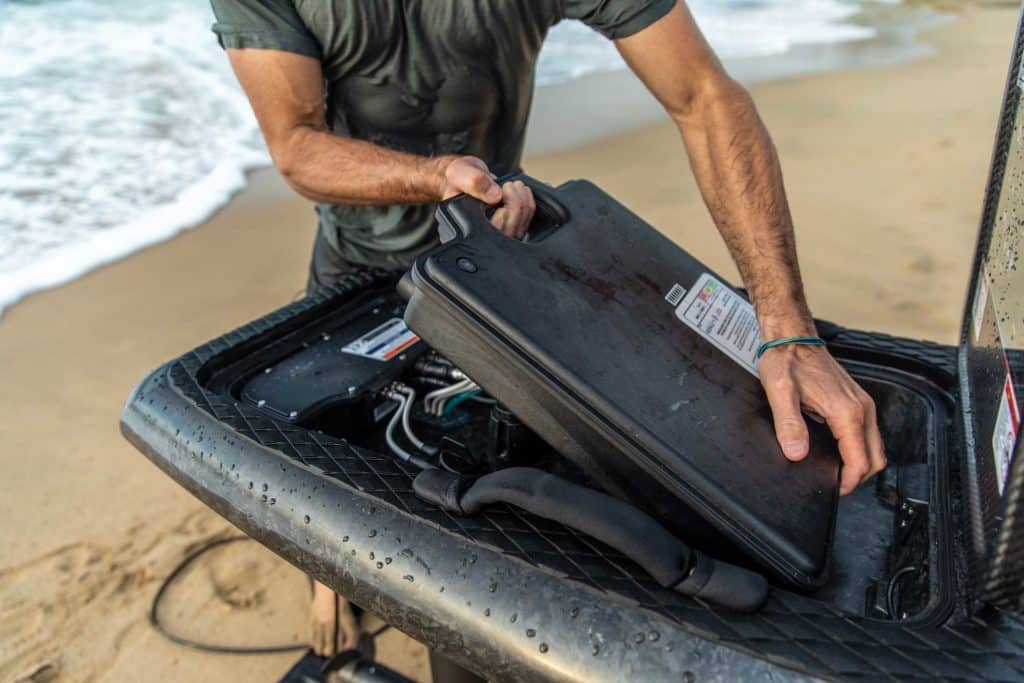
After feasting on delicious arepas (cornmeal cakes), we drove from Leason’s house to Wilderness surf break, where he and Grubb carried the eFoils down to the beach and set them up in less than five minutes. As they got in the water, Kai and I paddled conventional surfboards toward the point.
Leason’s invention offers amazing utility. With the eFoil, there’s no need for a large personal watercraft, which requires the added inconvenience of towing a trailer, to drop into the surf. The portable watercraft is quick and easy to assemble. You can launch it and ride it everywhere—whether it’s glassy, windy or choppy, in rivers, lakes or the ocean. You can foil through the open sea or crowded waters.
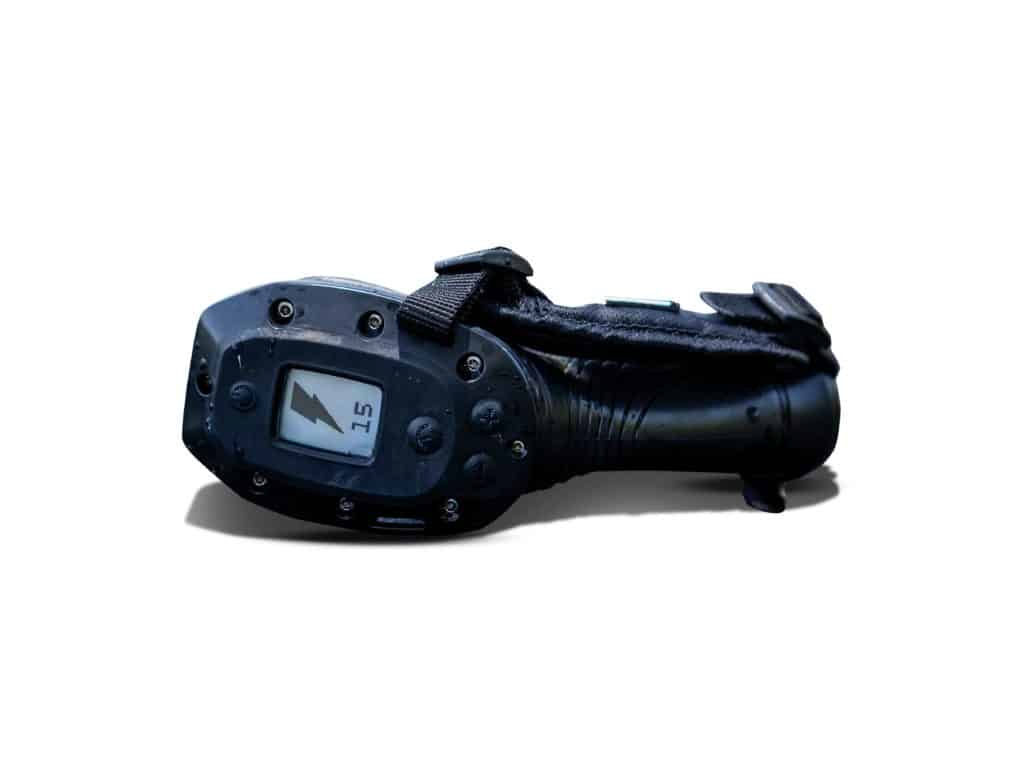
Because the eFoil is all-electric, it has minimal impact on the environment. It’s powered by rechargeable batteries, which last more than 90 minutes. The eFoil is boosted by a finger-triggered remote control and can reach speeds up to 35 mph with a gentle squeeze of the hand.
After watching Grubb and Leason have all the fun, I wanted to give it a try.
Flight Simulators
The next morning, eager for a turn, we chose the calmer waters at Crash Boat Beach.
“Are you ready?” Grubb asked from across the water while I held the remote control in one hand and got ready to do a kneeboard start on the glossy new eFoil. Gasping, I reminded myself to stop accelerating if I fell down because my hand was controlling the fanlike propeller underneath the board. I thought of a famous quote from Sir Edmund Hillary, the first person to climb Mount Everest: “It’s not the mountain that we conquer but ourselves.”
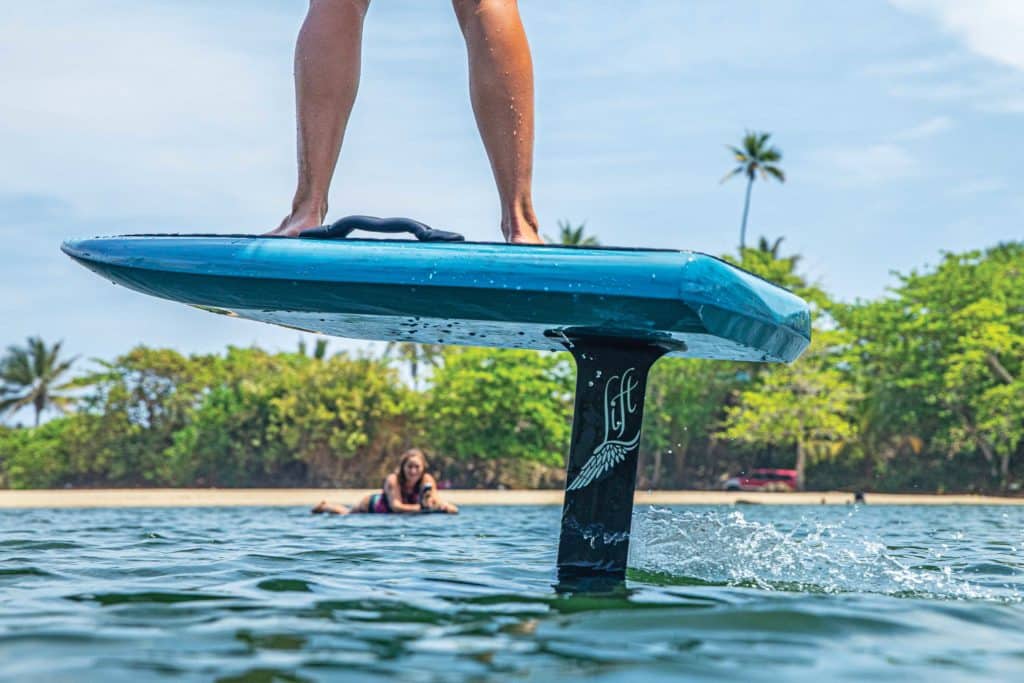
I took a few deep breaths, noting that the wind had picked up and feathered the ocean. Grubb laid his eFoil next to mine to help guide me through the water start. As soon as we got underway, all my fears vanished.
The sensation of foiling is unlike anything else. Once the board catches speed and lifts above the water, the wing takes control and the flight begins. “Even if you’re not a surfer and you know nothing about the feeling of gliding on the water, on your first session, not only are you gliding on the water, but you’re actually flying over it as the board rises up and becomes some sort of magic carpet,” Leason says.
He was right. After just a few tries, I was flying like Aladdin, surprised by how easy it was. The speed helped the board stay balanced. I was in charge.
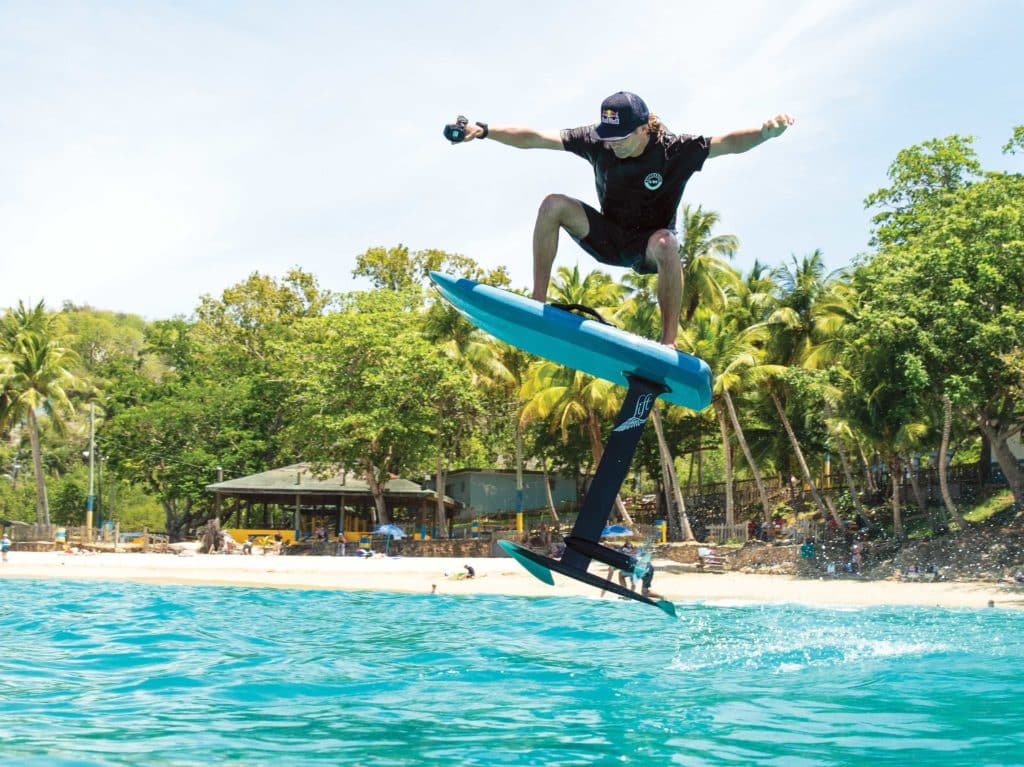
The eFoil allows everyone to participate. You don’t have to be a skilled athlete to get up and ride. With a proper introduction, most people are riding within their first 30 minutes, and everyone absolutely loves it—especially me.
In Formation
To further demonstrate the eFoil’s versatility, we next drove 30 miles to the lush Rio Guajataca. On the glassy river waters, Lowry and I flew by packs of kayakers without disturbance. Afterward, none of us could stop smiling. Leason invited us to another luscious meal, where we celebrated and delved into the backstory of his foil.
Before Leason created (and patented) the first electrical foil, he got into foiling in 2009, when it first started to appear in the world of kitesurfing.
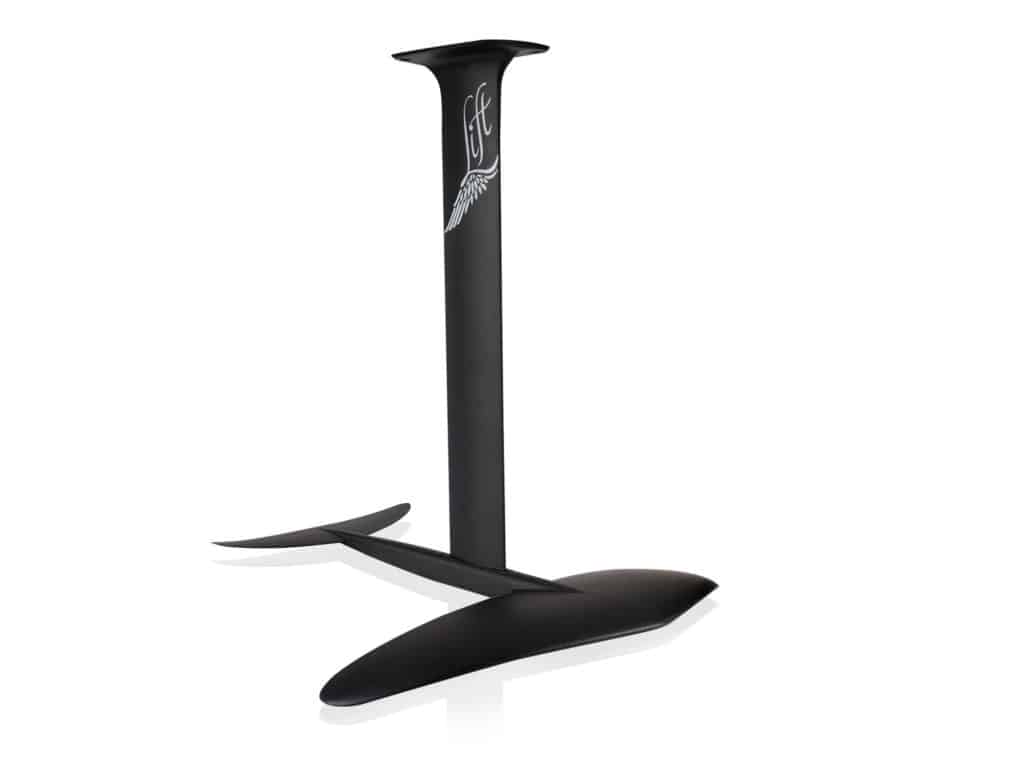
“There was a group of legendary surfers in Maui, strapping themselves into full-metal hydrofoil surfboards and riding massive waves. A few guys tried to adapt the sport to a more user-friendly design to be sailed behind a kite. It was the beginning of a brand-new sport,” he explained.
He took it upon himself to design his own foil for kitesurfing and learn the tools necessary to build one.
“I spent several years on that initial project, designing new wings and figuring out how it all worked. It became an obsession that took over my life,” Leason said.
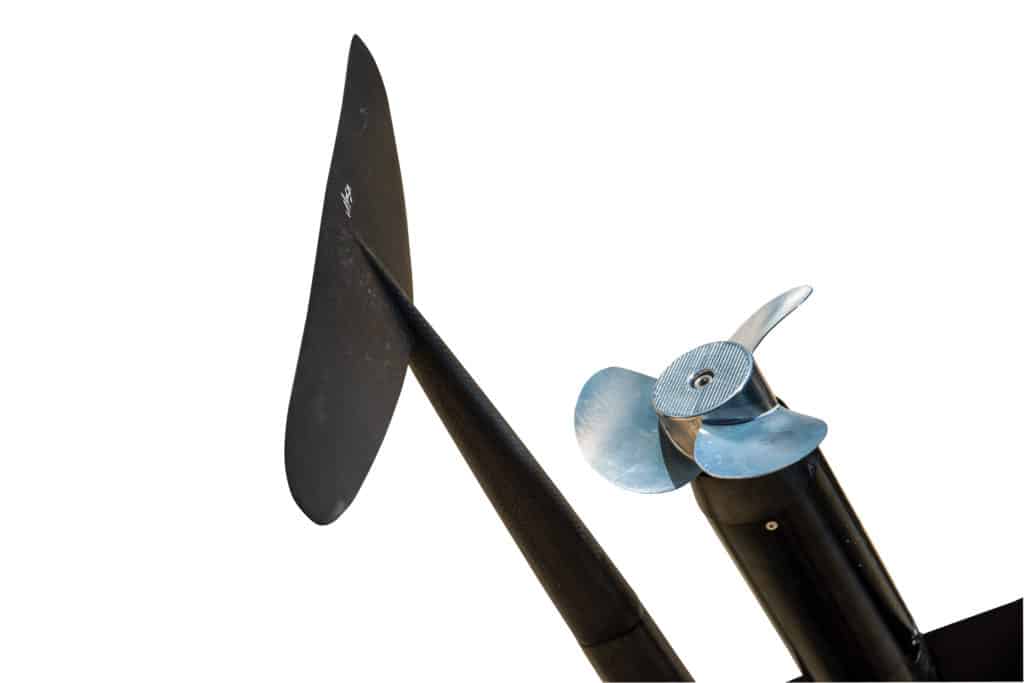
The concept on an electric-powered, hydrofoil surfboard came from discussions with some of his friends. It was a radical idea but perfect timing with the emergence of better, lighter batteries and electric-propulsion technology.
Leason developed the first prototypes in 2015 and quickly discovered that it was possible and the idea had potential, but it faced a lot of challenges. The most difficult part of the project was assembling a team of engineers and suppliers to help build this new craft. There was nothing in the world like it and nothing to visualize.
“I had to create a decent enough prototype and visual representation to show them that this was what we wanted to build and perfect. Once the visualization started to align, it was game on,” Leason explained.
The eFoil looks like a simple build. It’s a surfboard with a battery and a motor, right? Wrong. “It’s a product of contradictions. It has to be light but strong. Batteries are in the water. It has thin composite structures that can handle heavy loads. Every little detail of the eFoil offered a unique challenge, and it took years before we had something that we could ship.”
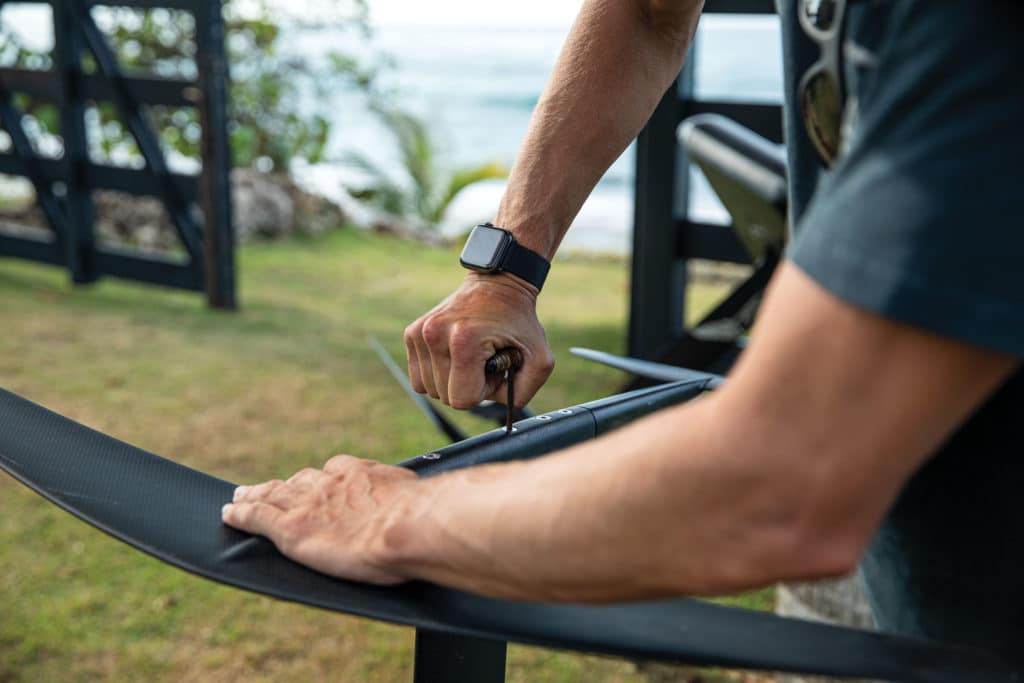
In 2018, Leason launched his product. “It was a leap of faith in many ways, but we made it happen, and our customers have been loving it ever since,” he says.
Read Next: Water Skiers Try Wake Foiling
The novel activity opens a new horizon to watersports, whether you’re surfing or going for a cruise down the coast with your friends. It’s an evolutionary jump in what is possible on the water in a peaceful and eco-friendly manner.
“The feeling is indescribable, and every cell in your body is awake and alive,” Leason says. “It’s a moment of magic and disbelief. It’s like you bypassed learning to walk and went straight into flying. That’s the kind of experience we’re creating with our eFoils, and people are loving it.”
As I seemingly glided through the air on our last day in Puerto Rico, I could not disagree. I felt freedom, like there was nowhere I couldn’t go. I can fly, as long as I’m standing on an eFoil.


